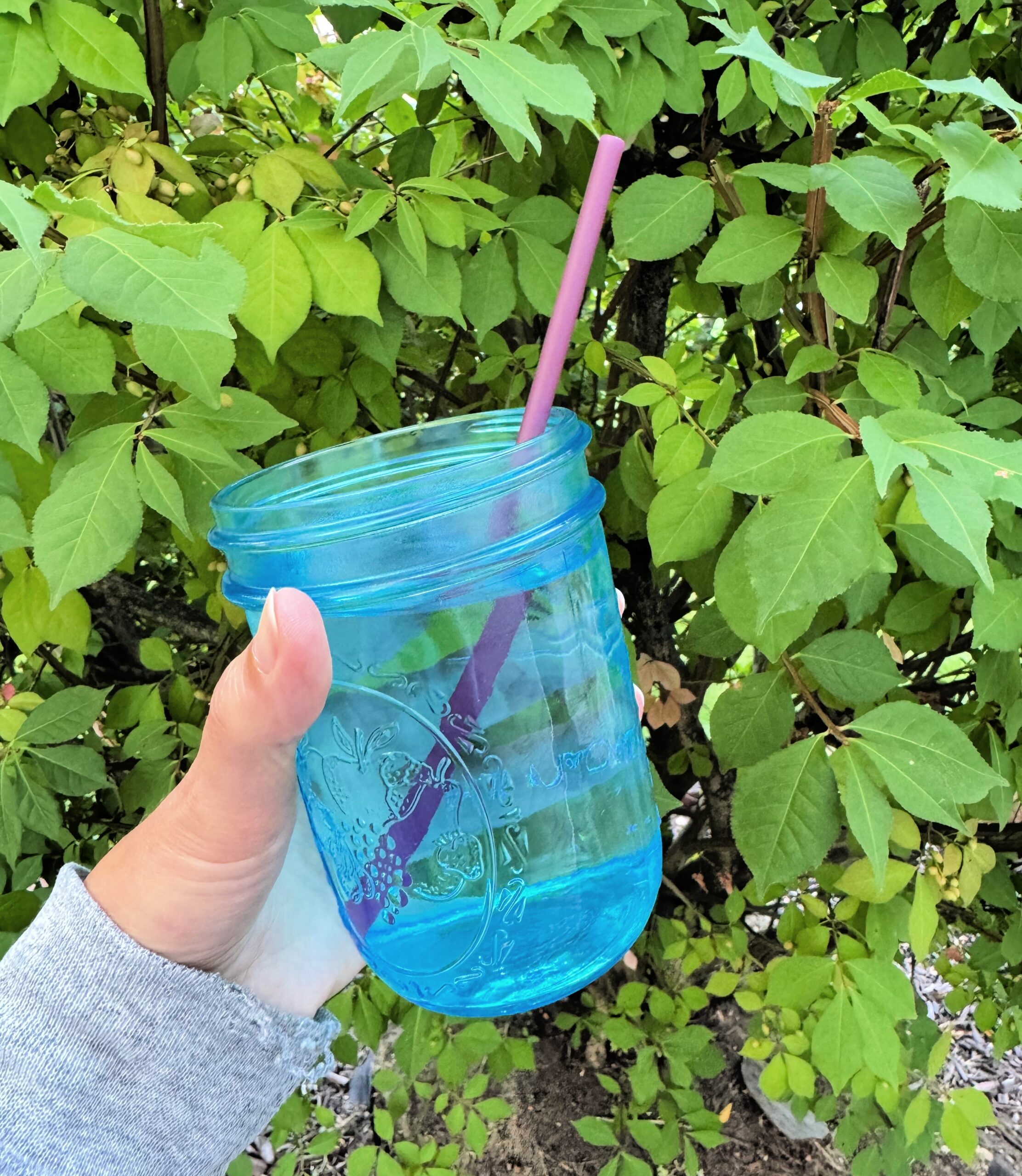Switching to eco-friendly toilet paper may feel like a small change, but it can help the planet in big ways. Many bath tissue products come from fresh trees, which harms forests and uses up water and chemicals. This environmental impact adds up, even if it happens far away. Some people want to make a better choice but get confused by the different “green” claims on the shelf. Is bamboo worth it? Should recycled materials come first? Learning the facts behind these choices can make it easier to decide.

Why Regular Toilet Paper Hurts the Planet
Most common toilet paper and facial tissue products come from virgin wood pulp. This means trees get cut down just to make them. Old forests take a long time to grow back, so destroying them also harms wildlife and makes climate change worse.
The production process uses a lot of water and energy, which also creates carbon emissions. To make tissue paper soft and white, factories use strong chemicals that can end up in rivers, hurting fish and other water life. Choosing these types of bath tissue again and again adds up to more harm than many realize.
Bamboo Toilet Paper: A Fast-Growing Choice
If you want to try something better today, choose bamboo toilet paper to start lowering your bathroom’s environmental impact. Bamboo grows very quickly and needs less water and fewer chemicals to stay healthy. When harvested, it can grow back without replanting, making it a renewable resource.
Bamboo bath tissue feels soft and strong, similar to regular products. However, it is important to remember that some bamboo toilet paper travels long distances, which creates carbon emissions from shipping. Some brands now try carbon neutral shipping or offer carbon offsets to help balance this. Even with these limits, bamboo still stands out as a better choice for lowering environmental impact.
Recycled Toilet Paper: Less Waste, More Value
Recycled toilet paper is another strong option. It uses paper scraps like newspapers, office paper, and even old facial tissue that might otherwise end up in landfills. This helps close the loop and cuts down on waste.
Recycling paper uses less water and energy than starting with fresh trees, so it creates fewer carbon emissions. Some recycled toilet paper feels rougher than regular tissue paper, but many brands now make it much softer. It is smart to check for “processed chlorine-free” labels, which means fewer harmful chemicals flow into sewer systems or septic systems. This helps protect water quality and supports a healthier environment.
Labels and Certifications to Trust
So many products claim to be green that it can be hard to know what is real. Trusted labels make the choice simpler. The Forest Stewardship Council (FSC) mark shows the product uses wood or recycled materials from responsible sources. Green Seal and EcoLogo are other good labels that show a product meets strict rules for protecting the environment.
These labels help shoppers avoid false marketing and find true eco-friendly tissues. In general, fewer chemicals and more recycled content make for a better product for both people and the planet.
Can a Bidet or Wipes Help Even More?
Switching toilet paper is not the only way to help the planet. A bidet sprays clean water and can reduce how much bath tissue a person uses. In many places, people also use flushable adult wipes as a backup to lower toilet paper use. However, it is important to choose wipes that are safe for septic tanks and sewer systems to prevent blockages.
Bidets and safe wipes can lower waste and feel cleaner for many people. They also help save money over time because they cut down on bath tissue costs. Though using a bidet or wipes may seem strange at first, these tools can make a real difference.
Steps to Make the Change
Switching to greener toilet paper may feel tricky. Many people worry about softness or price. Trying small packs first can help compare different options without spending too much.
If possible, test bamboo and recycled products to see what feels best. For those interested in a bidet or flushable adult wipes, start small to see what works. Every small step matters. There is no perfect answer for every home, but every choice counts toward a cleaner future.
Building Better Bathroom Habits
Choosing better toilet paper and eco-friendly tissues is just one part of living greener. It goes hand in hand with other habits, like saving water or using reusable shopping bags. These choices support nature and help limit climate change.
Every time someone buys recycled or bamboo toilet paper, it sends a message to brands to keep making better products. As more people make these changes, companies may use even more carbon neutral shipping and carbon offsets to shrink their environmental impact. Small steps, repeated over time, can lead to big improvements for everyone.
Conclusion
Sustainable toilet paper is a simple way to care for nature. Bamboo and recycled paper protect forests and cut down on waste, water use, and carbon emissions. Adding a bidet or safe flushable adult wipes can help even more. These habits may feel new at first, but they get easier over time. In the end, small bathroom changes can help protect the planet for future generations.


Leave A Comment